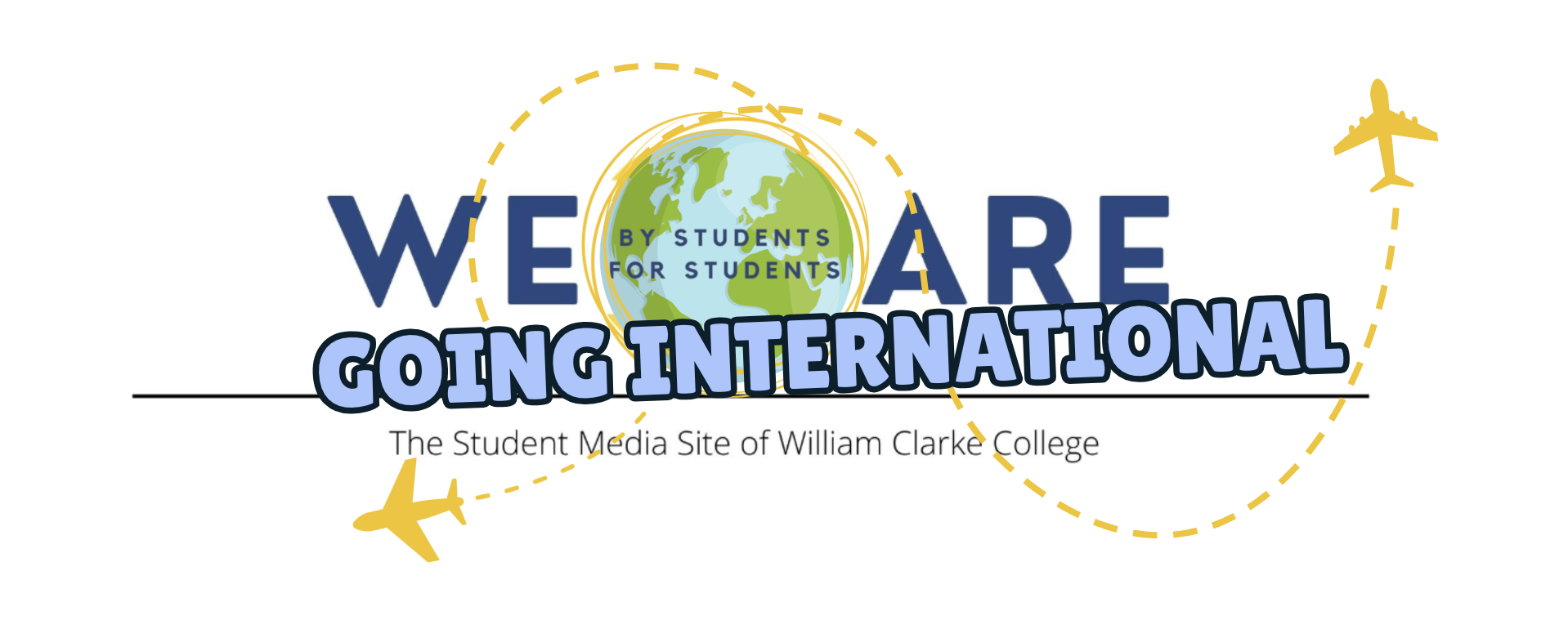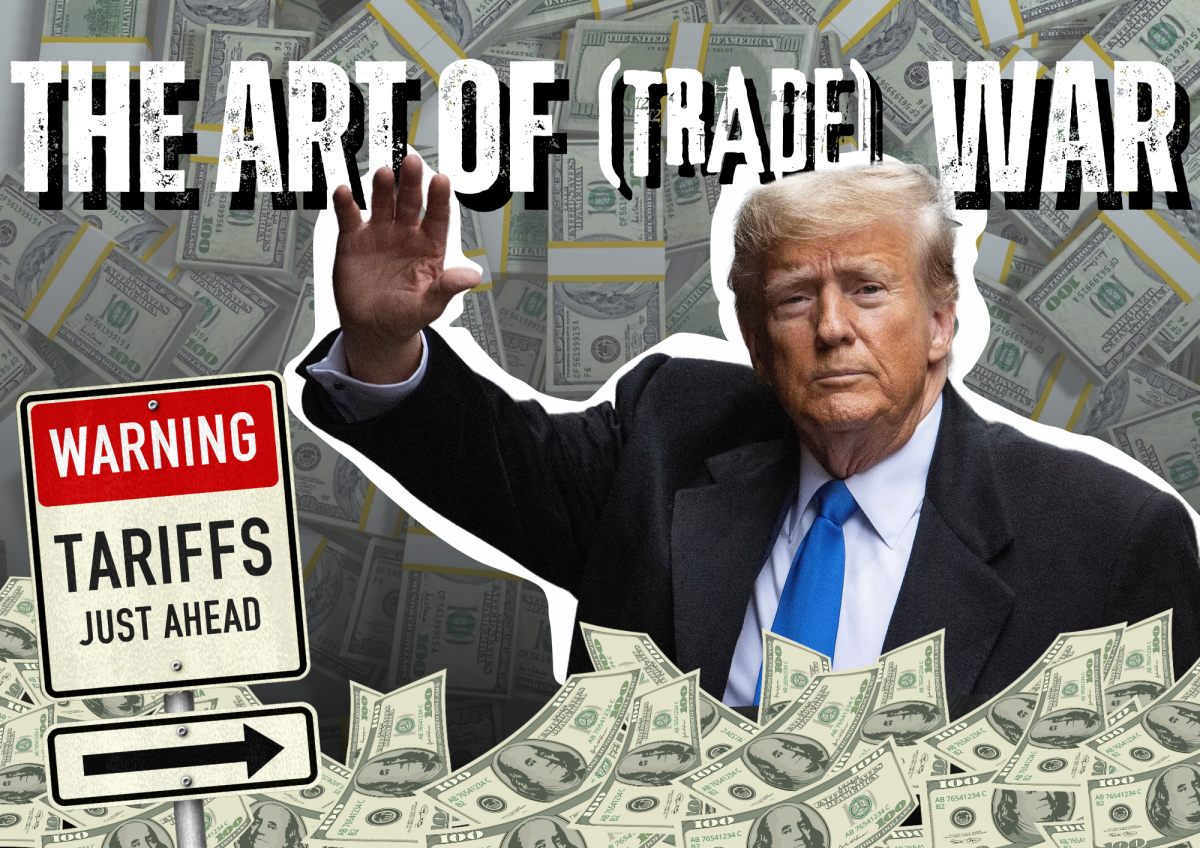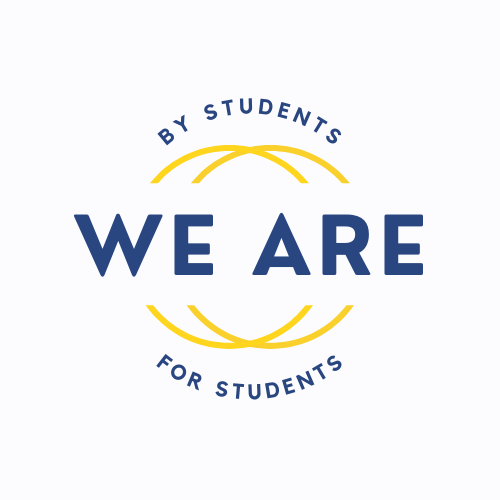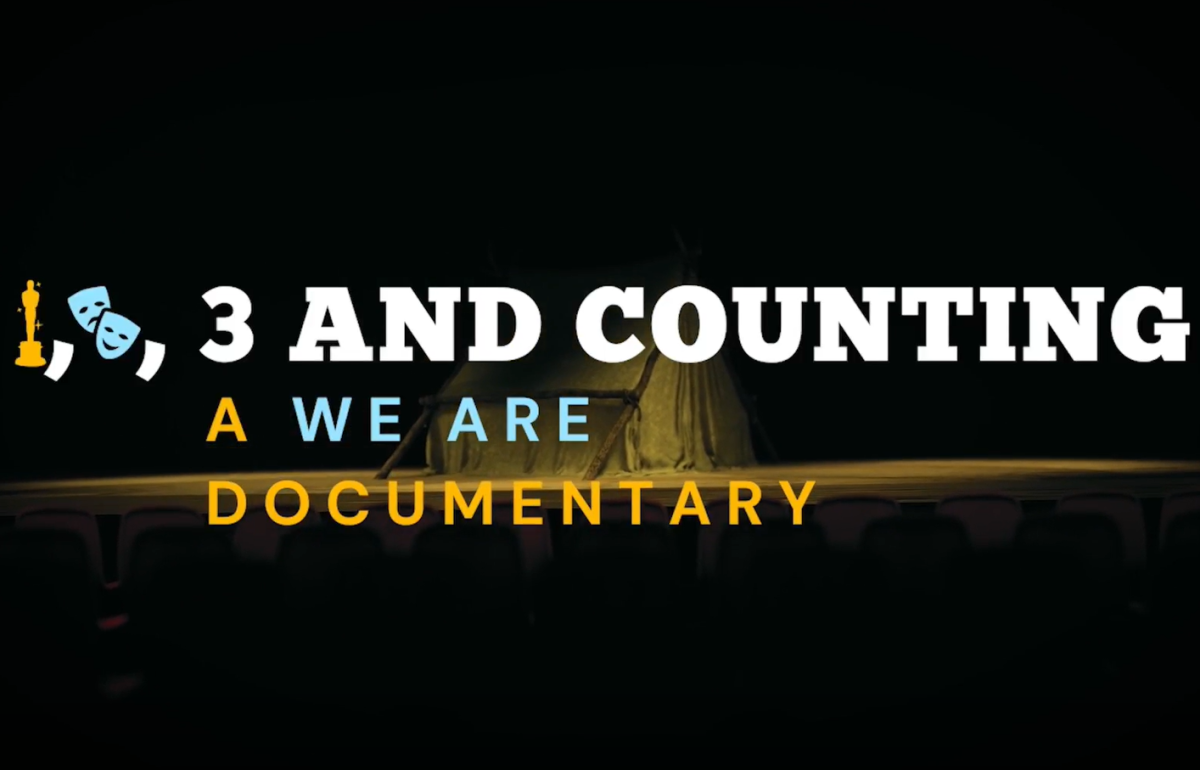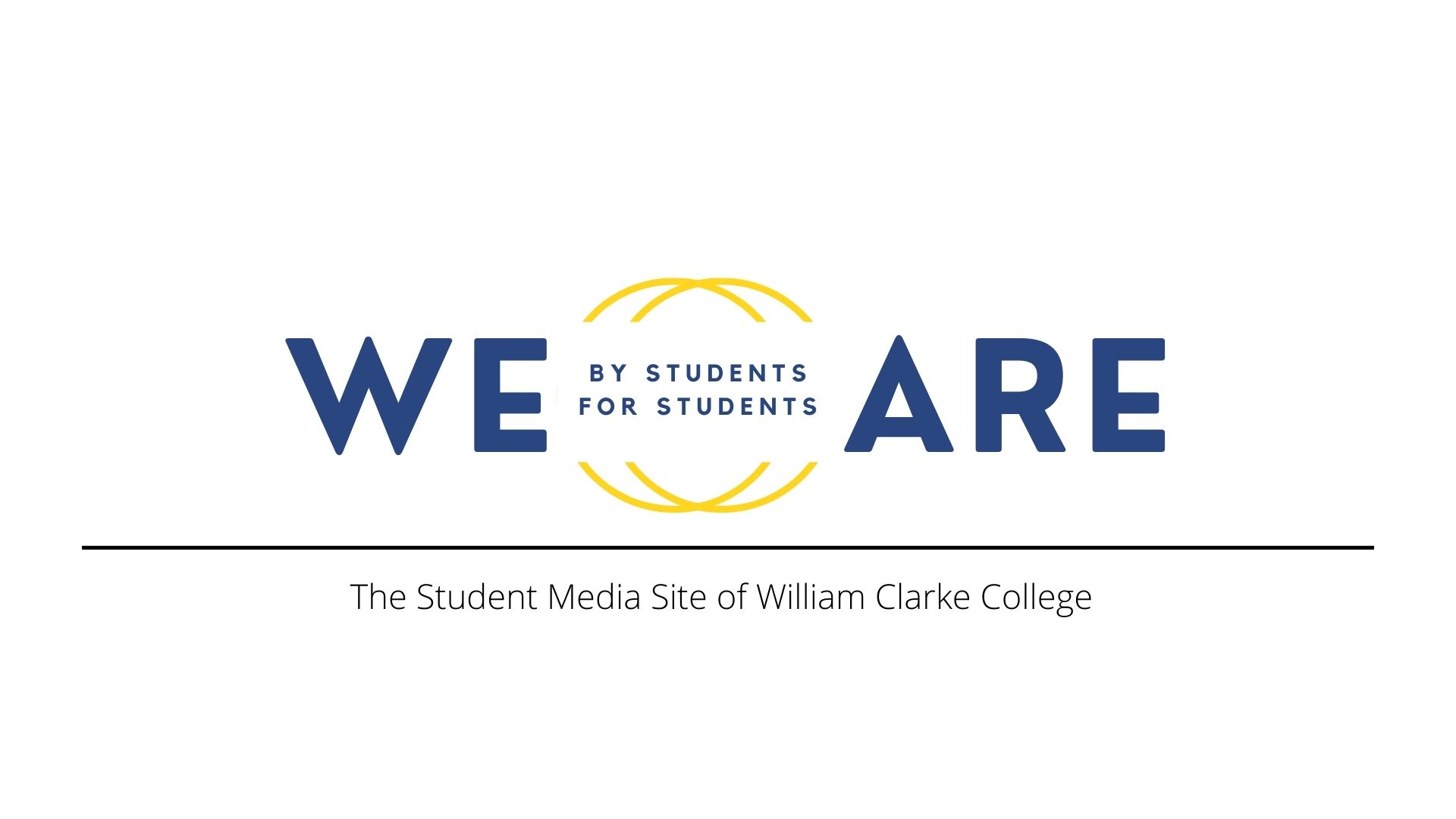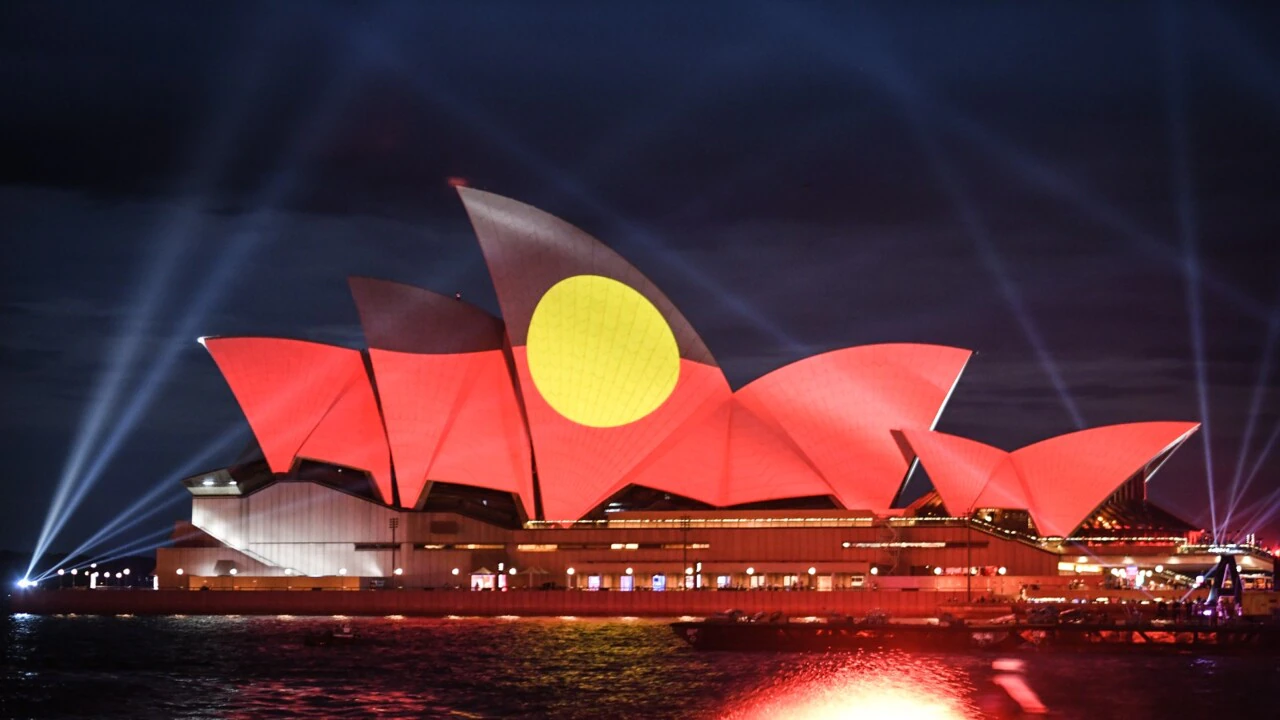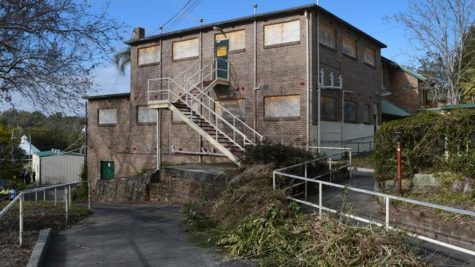The Voice Referendum: Truly Australia’s Voice?
February 15, 2023
For the first time since 1999, Australia is having a referendum to change our Constitution. Even if most of us are not old enough to vote yet, the upcoming referendum is something we should all keep an eye on and understand what is happening. After all, the last referendum was to decide whether Australia should be a republic (which spoiler alert: failed). So clearly, it is something important.
Prime Minister Anthony Albanese confirmed that between August and November, Australian citizens will vote to decide if we should change the constitution to recognise Aboriginal and Torres Strait Islander people by recognising a representative Voice, to inform government and parliamentary decisions.
But now I bet everyone is wondering what exactly it means. And that is a fair question because there is still significant political debate about whether the general public knows enough detail about the Voice. There is still quite a bit of confusion, which makes it hard for anyone to have an adequate opinion on this.
But we do know a few important things:
- The referendum is about recognising Aboriginal and Torres Strait Islander people as the First Nations of Australia. It would structurally change the parliament so that the Voice will be able to speak to the Parliament and government to improve decisions, policies, and laws. This would create a practical and notable difference in the lives of Aboriginal and Torres Strait Islander people.
- We have seen a draft version of what words we are changing or being asked to change, and it was released at Garma in July last year.
The idea is that we would as a nation be adding 3 sentences to our constitution to enshrine Aboriginal and Torres Strait Islander people’s laws. The Referendum Working Group and the Constitutional Expert Group have been working on this drafting for a long time, and have publicly shown available summaries of their advice. The draft of the sentences is as follows:
- There shall be a body, to be called the Aboriginal and Torres Strait Islander Voice.
- The Aboriginal and Torres Strait Islander Voice may make representations to Parliament and the Executive Government on matters relating to Aboriginal and Torres Strait Islander Peoples.
- The Parliament shall, subject to this Constitution, have the power to make laws with respect to the composition, functions, powers, and procedures of the Aboriginal and Torres Strait Islander Voice.
- These changes will not create a position with veto power, meaning that the Voice cannot refuse to admit or approve of changes that other parliamentary bodies decide upon.
- This, however, means that constitutional enshrinement is necessary for the Voice’s success. The submissions to the 2020-2021 co-design process explained that this is the only way that the Voice could be set up for success with the authority, independence, and stability it needs to change the political dynamic. This is clear because many other legislated and non-legislated bodies and people have tried and failed.
- It will not overpower the sovereignty of Aboriginal and Torres Strait Islander People.
The voice referendum is not about giving Aboriginal and Torres Strait Islander people special rights but providing input in the decision-making process of government and Parliament. It is necessary as Australia signed a declaration from the UN (United Nations), the UN Declaration of Rights of Indigenous Peoples and the Voice would assist in upholding the premises of this document.
There are many other questions about the eligibility of individuals to serve on the Voice, the selection of members, the number of members, the cost and other details, but we do not have many of the answers as of yet.
However, these are not going to be put directly into the constitutional amendment yet; these details are in need of consultation with Aboriginal and Torres Strait Islander people, and others within parliament.
Many also believe that there is something sinister about the change, and there may be neglected details that can be weaponised in the future; this is not necessarily apparent in what is written now, but many of the details are just simply still being deliberated.
So, what is next?
On February 10th, 2023 the Joint Standing Committee on Electoral Matters reported on the proposed changes to how it will be conducted; which includes removing the “yes or no” pamphlet and replacing it with a government-funded information campaign.
On the 18th of February, the Yes campaign will launch a national week of action on the proposal. There will be more information launched then with the key arguments for and against.
In March, the referendum will finalise the recommendations to the government with the constitutional amendment bill. Then, it will need to pass with an absolute majority in both houses before being put to a referendum sometime between May to September. However, the general public will be voting between August and November, depending on whether the bill receives support from the majority of the houses. It will finally be subject to inquiry, scrutiny committees, a public submission, and hearing process.
Now I hope that you understand what is happening a little more and that you know the momentous change that is coming to our country. Make sure to keep an eye on the news to see what is happening!
